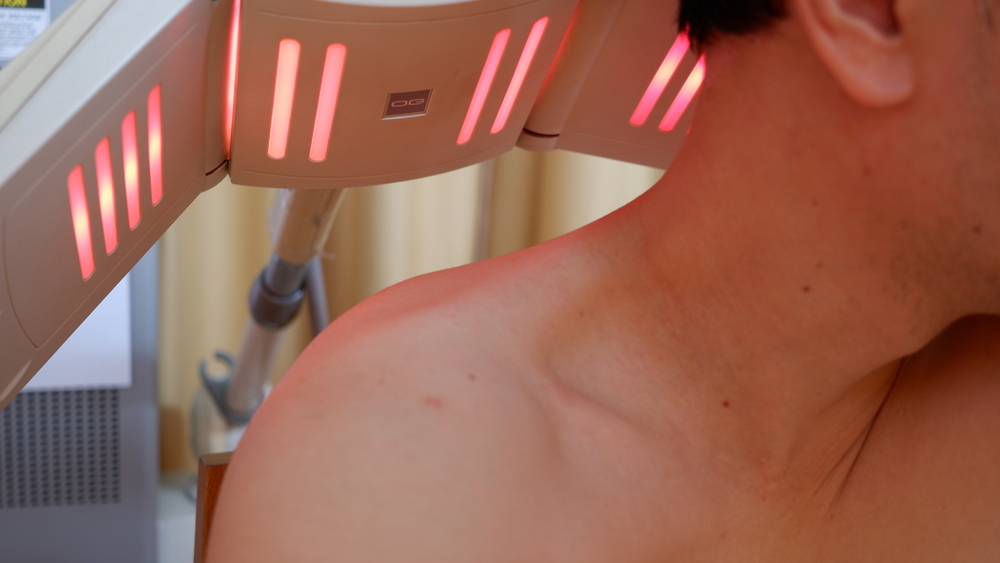If you are already a landlord and you are looking to scale your portfolio, or you are considering beginning your property adventure in the near future, there are a few things you simply MUST understand.
Despite what you might hear on the news or social media, the margins in property can be remarkably tight and a few poor decisions here and there and things can go very wrong, very quickly.

Here are our top tips for building a successful property portfolio:
Find the right properties
Easy right! Property selection really is the most important thing for a new investor, especially if you are looking to build a portfolio of similar properties that work for you time and time again.
It can be tempting to look for huge bargains on the market that require significant renovation and the largest potential value increase, but this is not always the best option.
Sure, if you get it right, the returns are certainly there to be had, but you need to be 100% confident that you have the budget, contacts, and money to do the job properly.
A property that has already been done up, might cost you a little more at the outset, but all sorts of potential issues, such as modern energy efficiency compliance and up to date electrical system installation have already been taken care of.
At the end of the day, it all comes down to your own personal skills and experience and how much time and effort you want to put into renovation. And budget of course!
Remember Security!
Nothing threatens the future of your property empire than poor security. Arson, vandalism, and theft will swiftly destroy your profit margin when renovating a property and can make getting insurance for future projects a complete nightmare.
Vacant property insurance in particular is something that you will need to learn all about if you are considering getting into the world of property as the chances that your property will be constantly occupied is pretty slim.
Click here to learn more about protecting a vacant property from a company that specialises in unique CCTV and monitored alarm systems.
Get Advice
Never underestimate the power of professional advice. If you are not particularly mathematically minded, it is vital that you have a professional accountant and solicitor examine your plans before you carry them out.
You should also consult with successful property renovators and other landlords before taking on any project. Who better to warn you against the potential pitfalls and mistakes made by first time landlords than those who have already made and overcome the mistakes you are looking to avoid?
Find the perfect tenant
A great tenant makes property management so much easier. The risk of property damage and expensive repairs falls dramatically and you will be made aware of potential issues at the earliest opportunity.
Many landlords have fantastic relationships with tenants lasting many years, making property ownership as stress-free as it possibly can be given the circumstances.







